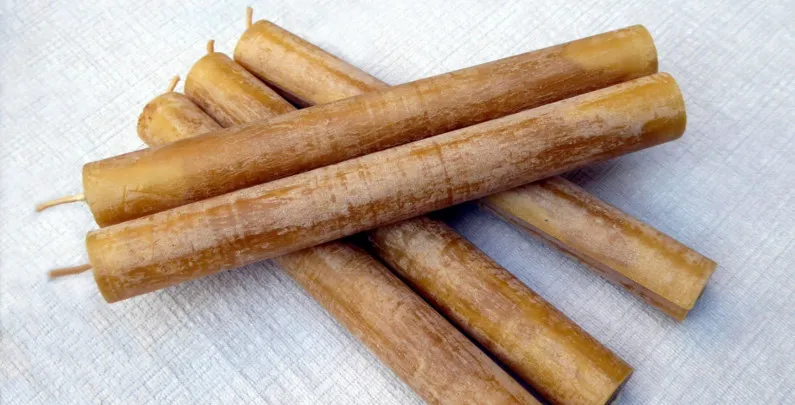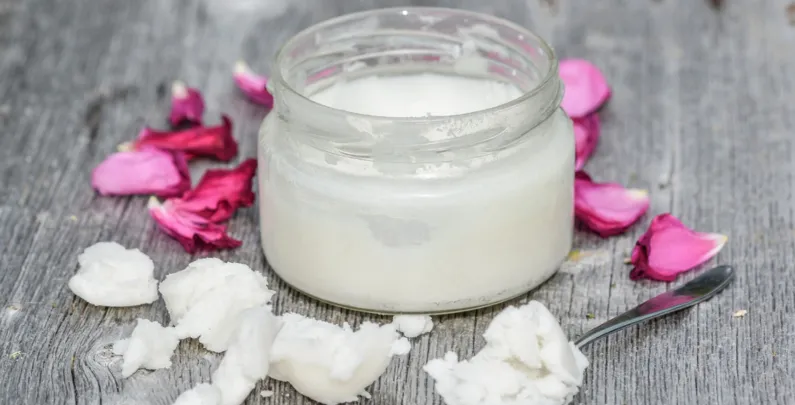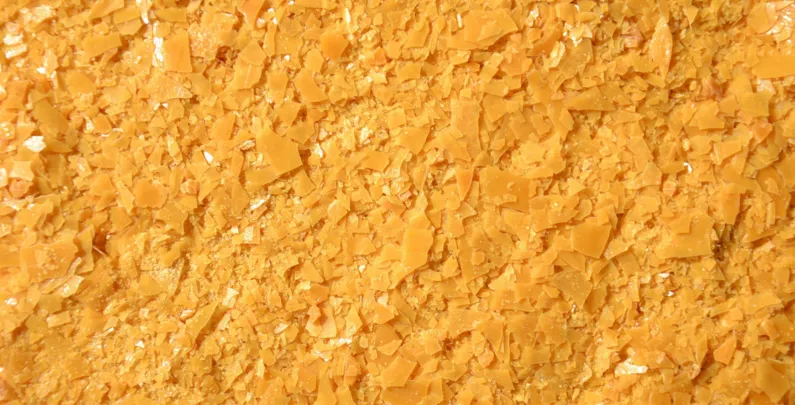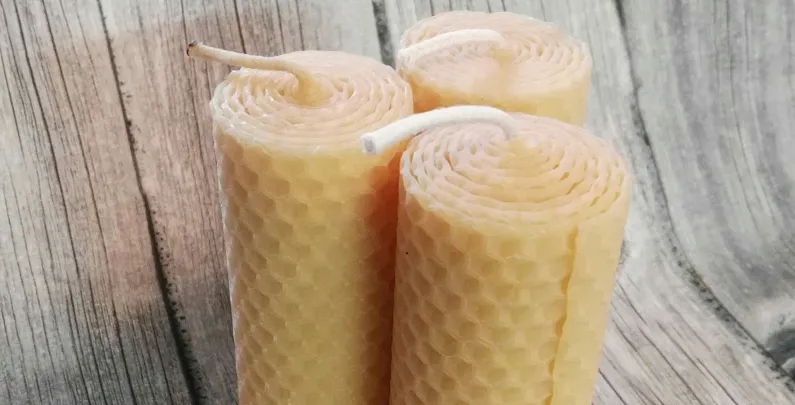It is estimated that about 150 million people worldwide suffer from sleep problems (1). Sleep deprivation is a silent, long-term killer and worldwide health issue. The first step in improving our sleep and health is to understand how sleep works and how it affects our body.
What is sleep?
Sleep is “the naturally recurring condition of rest and inactivity assumed by people and many animals, in which consciousness, response to external stimuli, and voluntary muscular action are largely suspended” (2). The average adult needs 7 to 9 hours of sleep every night. During this period, the body will go through different types of sleep, known as sleep cycles.
The different stages of sleep
Each sleep cycle involves various stages. The two main types are: non-rapid eye movement (NREM) and rapid eye-movement (REM).
The non-rapid eye movement (NREM) phase
NREM is the first phase of sleep the body goes into and it occupies about three-quarters of an adult’s sleeping time. It consists of three separate stages, known as stage 1 (NREM1 or N1), stage 2 (NREM2 or N2), and stage 3 (NREM3 or N3). NREM used to be separated into four stages, but 3 stages is the current official categorization.
Stage 1 is the transition from wakefulness to sleep. It is a light sleep that is easily disrupted. In this stage, a person can experience the sensation of falling, causing sudden twitches or hypnic jerks. As the muscles continue to relax, and the heart rate slows, and the body temperature decreases, we go into stage 2 of sleep.
The body goes through intermittent peaks and valleys, or positive and negative waves, of brain activity. “Together, these serve to protect sleep and suppress response to outside stimuli, as well as to aid in sleep-based memory consolidation and information processing. Because sleepers pass through this stage several times during the night, more time is spent in stage 2 sleep than in any other single stage” (3).
Stage 3 is known as delta or deep sleep. Neuronal activity, brain temperature, breathing rate, heart rate, and blood pressure are all at their lowest level during this stage. Memory consolidation and information processing also takes place at a greater level than at stage 2. Some dreams may also occur.
It is during these deepest stages of NREM sleep that the body goes through its healing processes. The heart provides more blood to relaxed muscles and a series of hormones are released into the bloodstream to help repair and regenerate tissue and muscle growth; build bone; regulate the metabolism and appetite; and strengthen the immune system.
The rapid eye movement phase
REM sleep is characterized by quick eye movements and facial and finger twitching. Most dreams occur during this phase. Brain activity increases to near waking levels; breathing becomes more rapid and irregular; and heart rate and blood pressure increase. Muscle tone is lowest during this stage. Studies have shown that lack of REM sleep can lead to negative effects.
It has been noted that people tend to spend more time than usual in REM sleep following days when they have been in unusual situations requiring them to learn a lot of new tasks. Memory consolidation, in particular procedural and spatial memory, also take place to some extent during this stage. REM sleep is important to feel refreshed and have good cognitive function. As a result, lack of REM sleep has been shown to impair the ability to learn complex tasks. An REM session lasts for about five to thirty minutes.
An adult goes through an average of four to six cycles of all stages of sleep for a sleep period of 7 to 8 hours. Each cycle lasts between 90 to 110 minutes. This pattern can vary depending on age. Children often go through shorter sleep cycles, while the elderly tend to sleep lighter and experience little stage 3 sleep. This can be problematic since the average adult still requires the same amount of sleep as they get older. Both NREM and REM sleep are essential in maintaining health and wellbeing.
“NREM sleep is thought to be more important to the body whereas REM sleep is more important to the mind (brain) although the two types cannot be separated” (4).
Because each sleep stage fulfills a distinct physiological and neurological function, it can affect the body if sleep is interrupted or if certain stages are missing. It can leave a person feeling tired or groggy, even after an apparently sufficient sleep period, and can lead to long term health consequences.
What happens when we don’t get enough sleep?
We cannot survive without sleep. Missing one night of sleep isn’t fatal, but missing more than that can lead to depression, impaired memory and thought process, and even hallucinations. Getting only a few hours of sleep per night can lead to similar symptoms over time.
Other problems caused by sleep deprivation or poor sleeping patterns include: weight gain, irritability, impatience, inability to concentrate, moodiness, hypertension, increased stress hormone levels, irregular heartbeat, altered immune function, impaired memory, slowed speech, apathy, inability to multitask, drowsiness and microsleeps (nodding off for five to ten seconds at a time), cancer, heart disease, diabetes, inflammation, and increased pain.
These are only some of the many problems and consequences associated with sleep deprivation and poor sleep patterns. Oversleeping can also lead to feelings of lethargy and impaired brain function.
Getting the right amount of quality sleep can improve memory and cognitive function, curb inflammation, improve creativity, help maintain a healthy weight, reduce stress, avoid accidents induced by sleepiness and impaired attention, prevent depression, improve skin, enhance memory, lower energy consumption, and improve immunity. Getting proper sleep has been linked with longer lifespans and better quality of life. Although it is recommended to have 7 to 8 hours of sleep, the quality of that sleep is more important than the actual length.
External factors that influence sleep
Three main factors in getting a proper sleep include preparation (habits before going to sleep), environment, and timing.
For preparation, it is important to: exercise regularly in the morning or afternoon, but not right before bed; set a gentler alarm that wakes you up with music or soothing sounds instead of a loud, annoying buzz, or use a wake-up light that gradually raises the light level in the room; and avoid alcohol, caffeine and cigarettes, particularly after 2pm.
In addition, one should reduce the use of electronic devices and artificial light, and instead engage in an activity that is relaxing such as meditation or reading with a soft light (avoid reading on backlight devices such as tablets, ipods, or e-readers). Try to avoid thinking about tasks or chores, and don’t let yourself get stressed or anxious if you don’t fall asleep right away. Concentrate simply on relaxing. It is also important to increase natural light exposure during the day.
The environment of the bedroom or wherever you sleep is equally important. To stimulate better sleep, remove or reduce all artificial light sources and electronic devices. There should be no televisions, phones, or tablets in the room. It is important to keep the room dark and cool. If the weather is warm, try keeping the windows open. In addition, it is essential to have a comfortable bed.
The next step to improving sleep is timing. It is important to have a set schedule and routine before bed. Try to go to bed at the same time every night. Frequently changing the time you go to bed or wake up can disrupt your sleep cycles. Instead of sleeping in on a day off, it is best to get up at your usual time, so you can sleep better at night. If you are particularly tired, you can take a power nap (a nap of thirty minutes to one hour) in the early afternoon. Having a set routine and sleep schedule prepares your body and helps relax it. Of course, eating right and getting plenty of exercise will help in all aspects of health, including sleeping.
Takeaway
Sleep problems may be rising, but we can work to stop that. By understanding how sleep works, and taking steps to improve our sleep routine and pattern, we can take another step towards achieving optimal health.
In today’s busy world, it is all too easy to use our sleep time for work or other obligations. This choice may seem to help us momentarily, but it has disastrous consequences in the long run. Sleep, like other biological necessities such as eating and exercise, is integral to survival. Equal attention should be given to trying to get quality sleep as it is to other aspects of health. The next time you go to put off sleep or decide to pull an all-nighter, think about the impact it will have. Sleep doesn’t just get rid of drowsiness, it promotes better overall health and wellbeing.
References
- “Are Sleep Problems the Next Global Health Crisis?” http://www.psychologytoday.com
- Paperback Oxford Canadian Dictionary, Second Edition, 964.
- http://www.howsleepworks.com/types_nonrem.html
- http://www.skillsyouneed.com/ps/sleep.html










